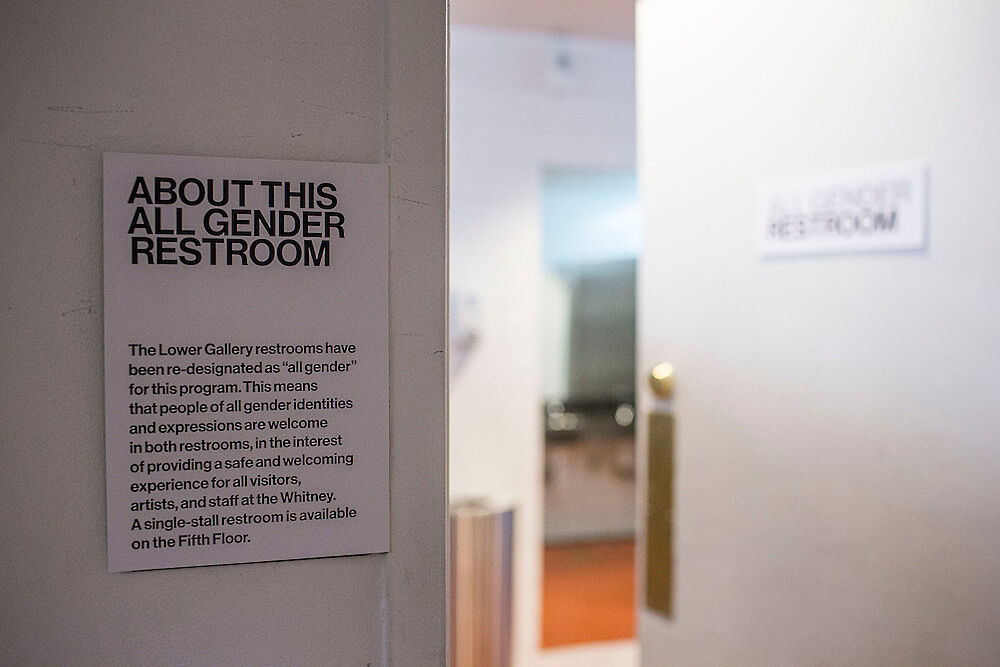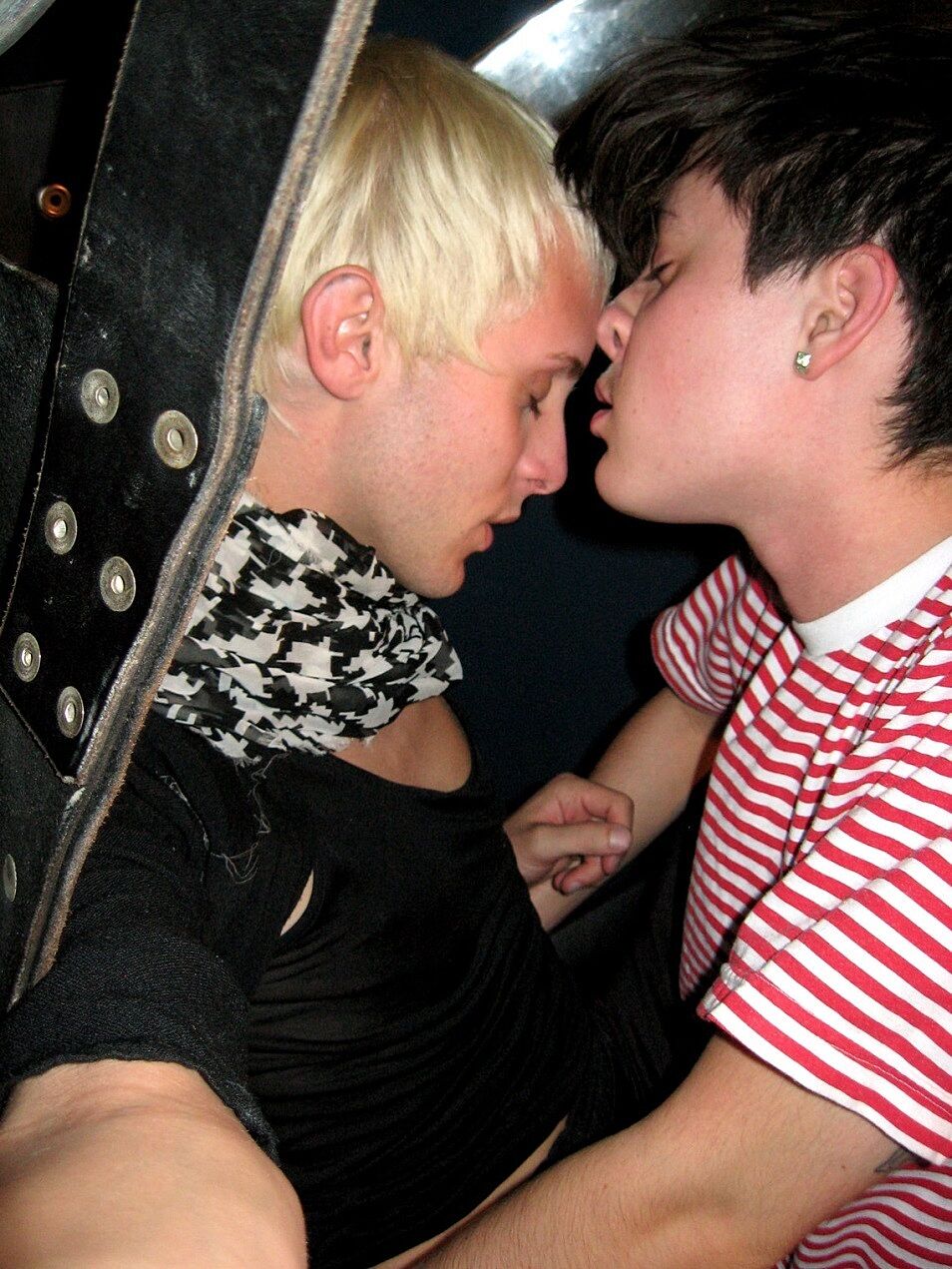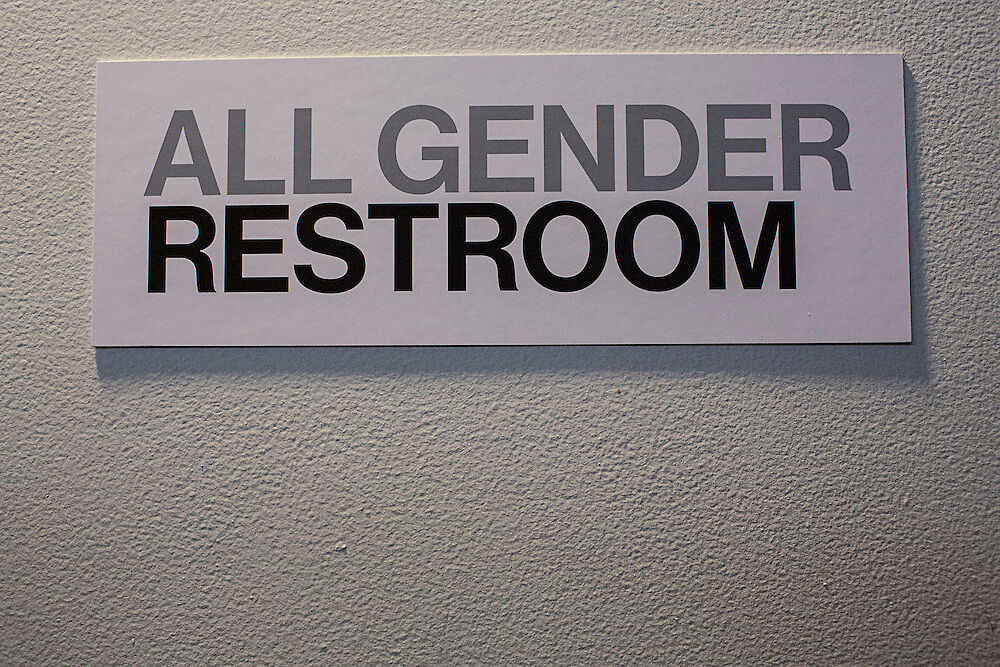Signs of the Times: All Gender Restrooms at the Whitney
Apr 21, 2014
At the Whitney, we continuously try to create spaces and experiences that keep the needs of our audiences in mind, from the artists whose work we present to the diverse visitors who come through our doors each day. To this end, the Whitney is transitioning its Lower Gallery restrooms to “All Gender” spaces during several programs and events over the course of the 2014 Biennial exhibition. All gender restrooms are spaces in which people of all gender identities and expressions are welcome, including those who don’t conform to traditional binary male and female designations, in the interests of providing a safe and comfortable experience for all. For those who prefer gender-specific restrooms, those will continue to be available on the Museum’s second floor at all times. As artist Gordon Hall of the Center for Experimental Lectures explains, “The arts have long been a home for individuals who may not find support in the culture at large, and have served as a harbinger of broad social changes. The Whitney's visitors, artists, and staff represent a wide range of gender identities and expressions, and this change will help make the Museum a welcoming space for us."
The Transgender Law Center considers bathroom access to be a significant issue that historically has been a focal point of activism. From the hard-won victories of the Civil Rights movement and the desegregation of public facilities, to the battles over introducing women’s restrooms in previously all-male spaces such as construction sites in the 1970s, to the struggles of people with disabilities in advocating for accessible restrooms with the passage of the Americans with Disabilities Act, safe, comfortable, and equitable access to bathrooms has long been a contested and controversial topic.
In January 2014, the Whitney hosted a dialogue on museums as safe spaces at the LGBT Community Center on West 13th Street with representatives from the Center, the Hetrick Martin Institute, Gay Men’s Health Crisis, the Ali Forney Center, and Senior Advocacy for Gay and Lesbian Elders. As one participant pointed out, having access to a gender neutral restroom “makes a big difference in terms of feeling safe and welcome in a space,” specifically for transgender and gender non-conforming constituents. Ultimately, these are small but significant changes that can help the Museum feel more responsive and inclusive for our staff, our artists, and our audiences.
Danielle Linzer, Manager of Access and Community Programs



